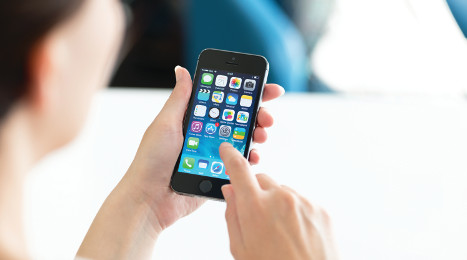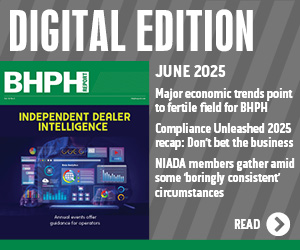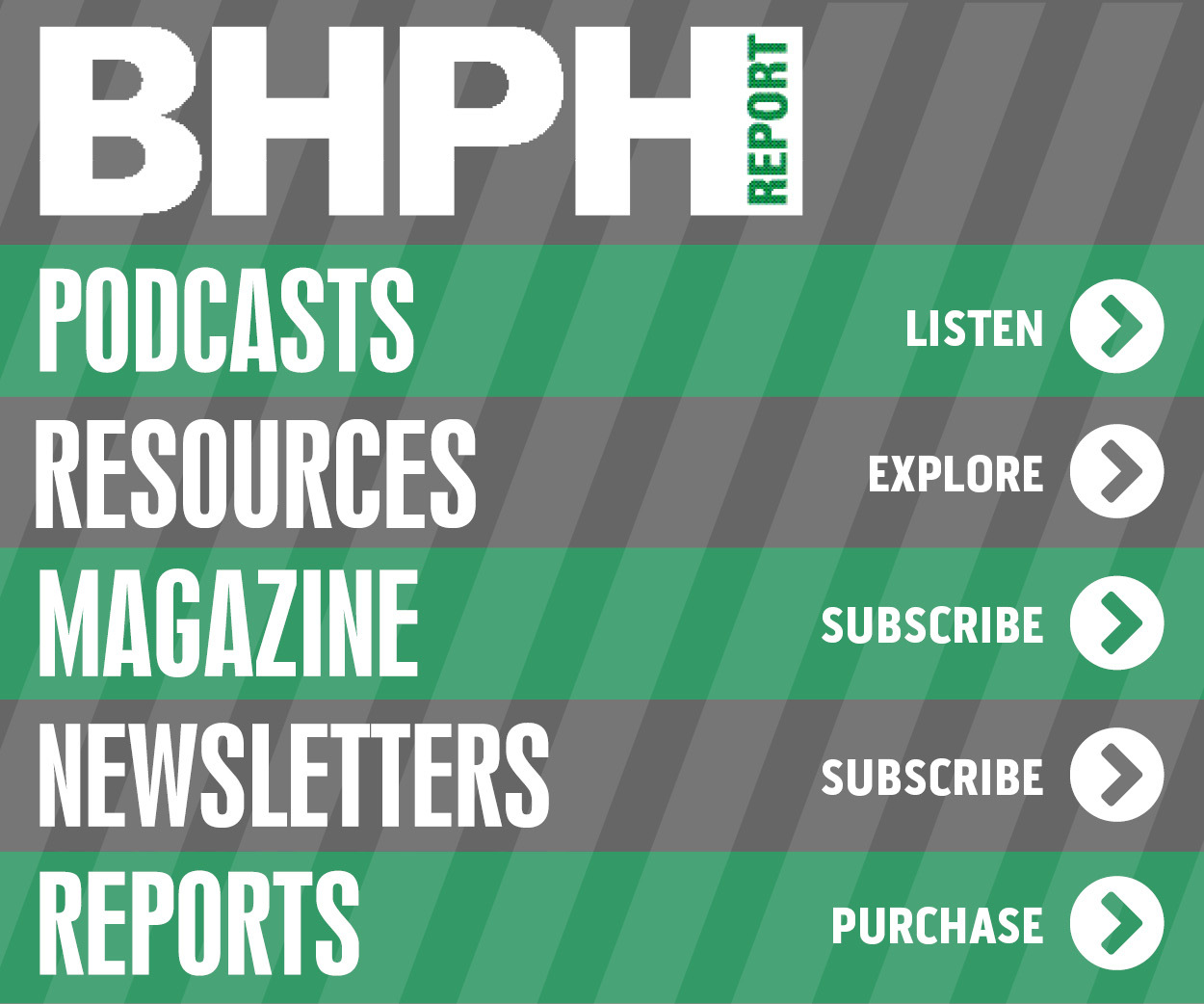PayNearMe Dispels Myths About Underbanked Consumers

Kunal Kumar makes scores of presentations during large industry conferences as well as during small-group sessions with clients in his role as vice president and general manager of lending and insurance at PayNearMe, an electronic cash-transaction network that enables consumers to a variety of bills with cash — including vehicle installment contracts.
Those discussions often quickly turn to how large a portion of the U.S. population is “unbanked” or “underbanked,” which the Federal Deposit Insurance Corp. defines as, “unbanked households are those that lack any kind of deposit account at an insured depository institution. Underbanked households hold a bank account, but also rely on alternative financial services (AFS) providers."
When Kumar informs executives and managers that over 28 percent of U.S. households — more than 68 million adults — do not have a checking account or simply rely on alternative financial services, some refute those statistics as being overinflated.
“The reaction I get is normally surprise,” Kunal said. “Most people that I come across — even people who work in subprime-related targets — are usually relatively surprised by the magnitude of that population in the United States.
“You think of the United States as a developed nation and I think correlated to that, people assume since they themselves are banked, that the vast majority of the population is similarly banked. That’s simply not true,” he continued.
So what does that mean for buy-here, pay-here dealers? Kunal suggested that there is a good chance a potential buyer pays all normal expenses in cash.
“From my perspective, I think what’s important for buy-here, pay-here dealers to recognize is it’s about customer convenience,” he said.
How Consumers End Up Underbanked
Kunal has two theories as to why such a large amount of consumers do not have a traditional bank account.
First, Kunal referenced the expense of having a checking account nowadays, since many commercial institutions charge a monthly fee unless the holder maintains a certain balance or uses direct deposit.
“To have a checking account, banks make money on the net interest margin of the funds you keep in your account. If you don’t have a high enough high balance, then they’re not making money off the margin, so they need to charge fees,” Kunal said.
“And a lot of underbanked consumers can get into scenarios where they’re getting charged NSF fees or non-sufficient funds fees. When those fees start adding up enough over time, it actually becomes more cost effective not to use a bank account rather than use it,” he continued.
Next, Kunal also noticed a portion of the underbanked population simply chooses not to have a traditional account, simply out of preference stemming from a variety of cultural backgrounds or other influences.
“They may come from a geography with a history of bank failures or they’re distrustful of institutions for whatever the cultural reason might be. But they’re choosing not to use a bank account,” Kunal said.
“It could be for something as simple as expense management. It’s easier for them to track expenses when you’re physically paying with cash then it is to track electronically,” he continued.
“There are many rationales for what those cultural underpinnings are,” Kunal went on to say.
Underbanked, But Connected
Another element about the underbanked population Kunal is quick to reference is how technology savvy this consumer group often is.
The penetration of underbanked consumers who own smartphones and who also use mobile payment options are additional statistics PayNearMe oft en cites.
“Even though more than a quarter of the country doesn’t use a bank account on a regular basis, the average underbanked consumer is actually more connected through mobile devices than the average person in America,” Kunal said.
“That disconnect is where a lot of people I speak with assume that if you don’t have a bank account, you’re similarly not connected to the Internet. That is very untrue,” he continued.
Kunal also pointed out that the majority of consumers — underbanked and individuals with an account — more oft en than not have a smartphone if they have some kind of mobile service.
“As the prevalence of smartphones increased, now it seems every consumer has a computer in their pocket,” he said. “This is not an ‘un-savvy’ consumer set. Folks know what they’re doing with their money, and they’re managing it effectively given the circumstances that each individual is in.”
A Better Way to Accept Cash
Turning back to the BHPH industry, Kunal explained how payments might have typically happened a decade ago and how they can unfold today for individuals who want to use cash.
“If you think about how a subprime consumer was paying their auto loan payment 10 years ago, they’re going to a payment location and filling out a form, waiting in a line and paying with cash. This has historically been a very high-fee environment,” Kunal said.
“Now you remove a form; you’re going to a neighborhood location that’s close to you, and the process takes less than a minute,” he continued.
That process is what PayNearMe and other service providers are presenting to the industry. Making the situation better for the customer means accounts stay current, according to Kunal.
“We’re seeking to bridge the gap between not having a bank account and being highly connected on a mobile phone to enable consumers to pay with cash using a pay code that’s delivered directly to them electronically. It’s really bridging that digital divide to enhance customer convenience,” Kunal said.
While technology might be evolving significantly, Kunal doesn’t expect the demand for consumers paying bills with cash to diminish.
“The underbanked population is not going away. Folks who want to pay with cash aren’t simply going to disappear,” he said. “Cash is here to stay for a very long time.”


